It’s already known that Microsoft is hard at work on the next version of Windows. It’s currently in the early planning and engineering stages under the “Next Valley” codename and is targeting a late 2024 shipping window. So, with over two years to go before “Windows 12” is expected to ship, we wanted to share what we’re hoping to see Microsoft focus on for the next release.
Now, before we begin, we should point out that we don’t know the name of the next version of Windows. Not even Microsoft knows as we’re too far out for that kind of thing to be set in stone. For simplicity’s sake, we’re referring to it as Windows 12, as that would be the chronological next release after Windows 11. But it could end up being called anything!
Scalable functionality
Windows runs on all kinds of devices, from high-end workstations and gaming PCs down to low-cost and low-powered education PCs designed to be as affordable as possible at the cost of power and performance. The Windows ecosystem is vast with some of the best Windows laptops and PCs, so it makes no sense that currently, Windows serves a “one product fits all” strategy.
With Windows 12, we think Microsoft should start adjusting Windows as a product depending on the hardware you’re trying to run it on. If you are running Windows 12 on a low-end Chromebook-compete device, it should scale to serve that hardware best. Does a low-cost education-focused PC need the Widgets Panel? Phone Link? Xbox integrations? Probably not. Let’s pull those out and save valuable storage space on PCs where it makes sense.
This could even extend to the app compatibility layer. Not all users and devices need the full breadth of app compatibility. Microsoft could scale app support between “full,” which would include everything Windows runs today, all the way down to nothing but web apps. This could help low-cost devices, especially in the ARM space, that are designed to act as a portal to the internet.
Doing this could help reduce system resources and OS footprint on low-powered PCs, meaning they’d run faster and offer a much better experience for the end user. They tried to achieve this with Windows Core OS and Windows 10X, but sadly, that effort has been scrapped.
Chrome OS is proof that a lightweight, web-focused OS can work. So, it’s time Microsoft built a version of Windows that can scale down to compete with it.
A better lock screen
Thinking of areas of the Windows UI that need an update, the lock screen hasn’t been touched since Windows 8. Functionally, it doesn’t do much. It tells you the time, and the user can configure it to show just one type of notification from an app, like your Calendar or the weather. It’s hardly helpful.
An overhaul of the lock screen should be top billing for Windows 12. Enhance it with support for more notifications to see what I’ve missed without needing to log in first. The same goes for taking notes, whether with a digital pen or using the mouse and keyboard.
A more dynamic UI
This one goes with the scalability suggestion above, but it would be great if Windows 12 were more dynamic and adaptive to the kind of hardware you’re using it on from a UI perspective. The current Windows 11 desktop UI is excellent for mouse and keyboard users, but we think it could be better for other form factors such as tablets.
So, why not build out a dedicated tablet UI for tablet devices? A special experience designed just for those who use Windows on touch-only devices. Windows 11 has a touch UI, but it’s just the desktop UX being “adapted” to work better with a finger. We want a complete redesign of the Windows UI for touch-first experiences.
Windows 8, for all its flaws, was an excellent UI for touch-only devices. It was fast, fluid, and beautiful. We’re not asking for the Start screen or live tiles return, but we support the notion of a radical, touch-only UI, but only for tablets this time. Don’t try to force it on PCs that aren’t touch-only, Microsoft.
A dynamic UI extends to other areas of the ecosystem too. Why not build a dedicated gaming mode that works well with an Xbox controller? Similar to Steam’s “Big Picture Mode” but for Windows as a whole. You could borrow the Xbox Dashboard UI, adapt it for PC usage, and automatically bring it up when the PC detects a controller has been detected.
Better Android phone integration
Windows 11 already does a great job linking your Android phone with your PC using the Phone Link app, but we want more. Currently, the Phone Link experience feels like an app that runs on top of Windows, and that’s probably because that’s what it is. We want Phone Link to integrate with the Windows experience, merging our phone info and details with the Windows shell for a seamless experience.
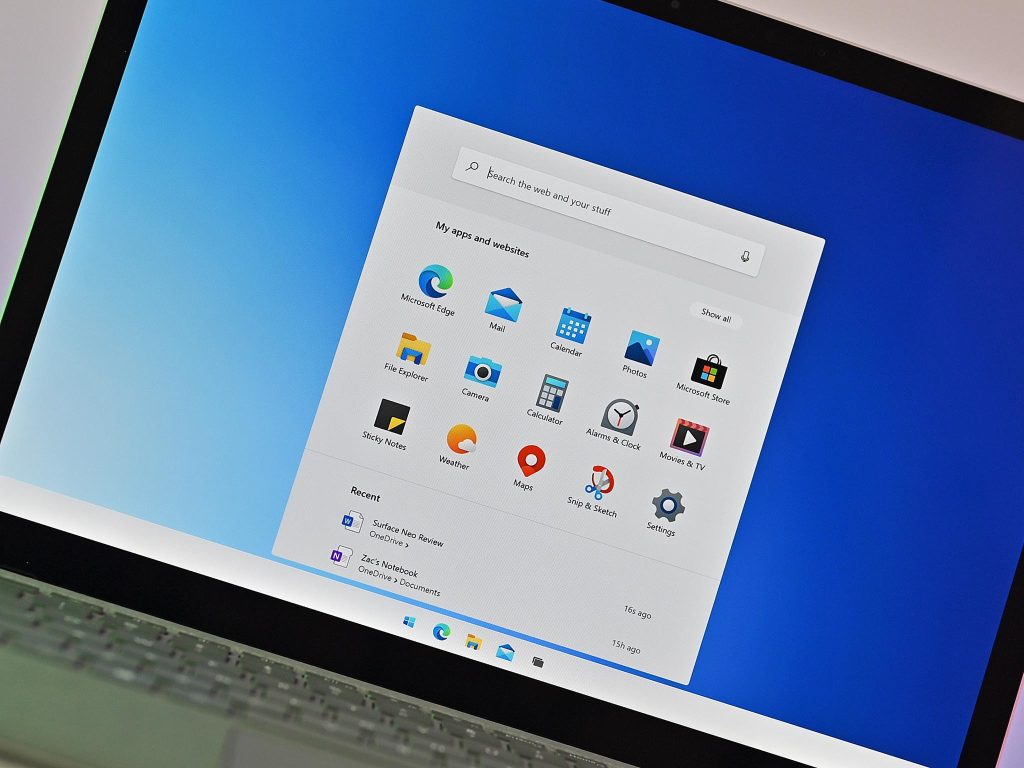
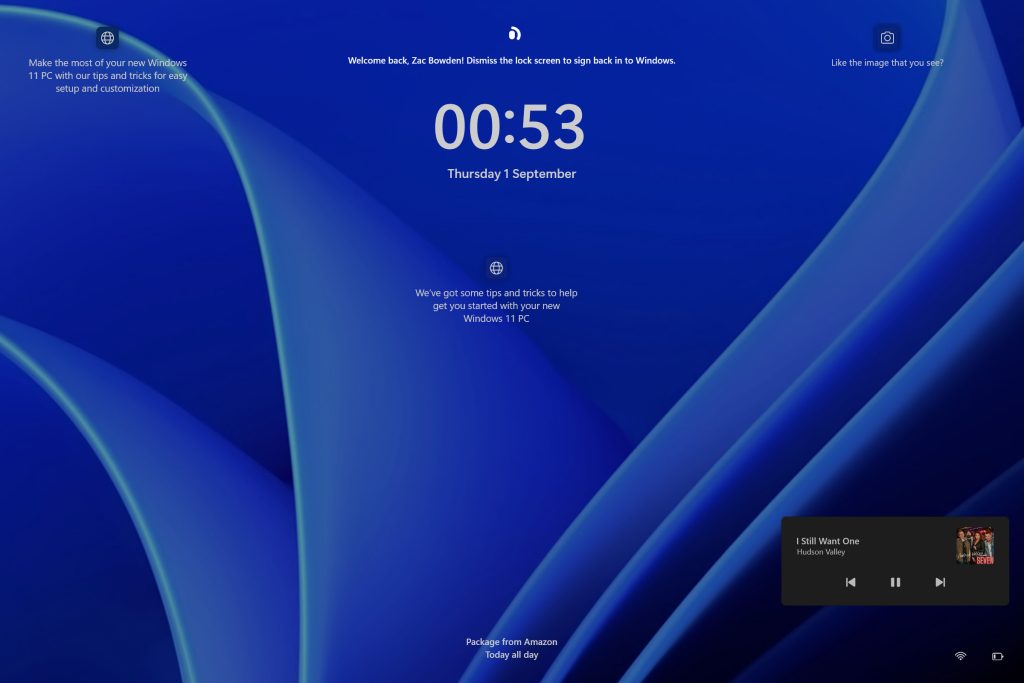
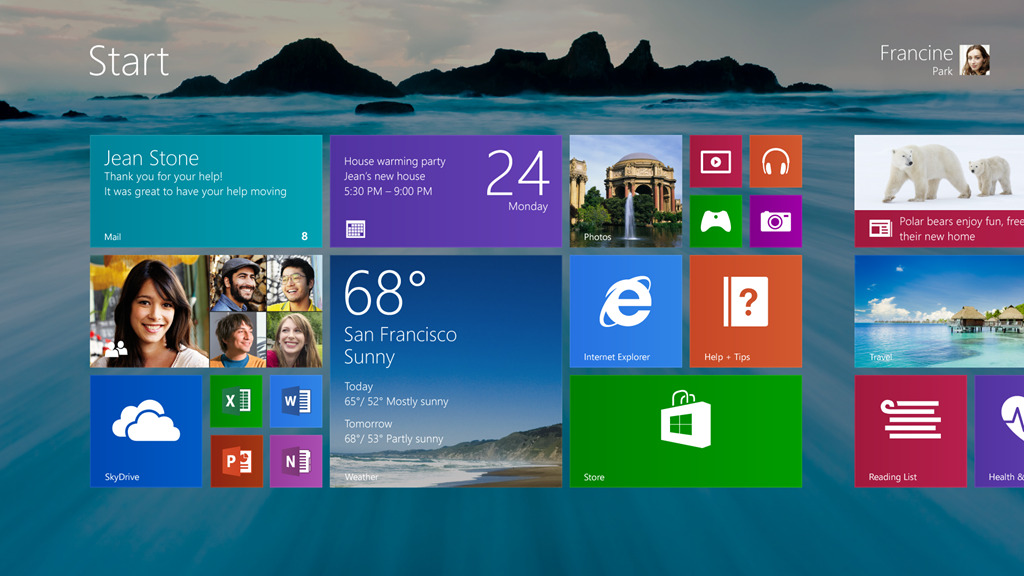
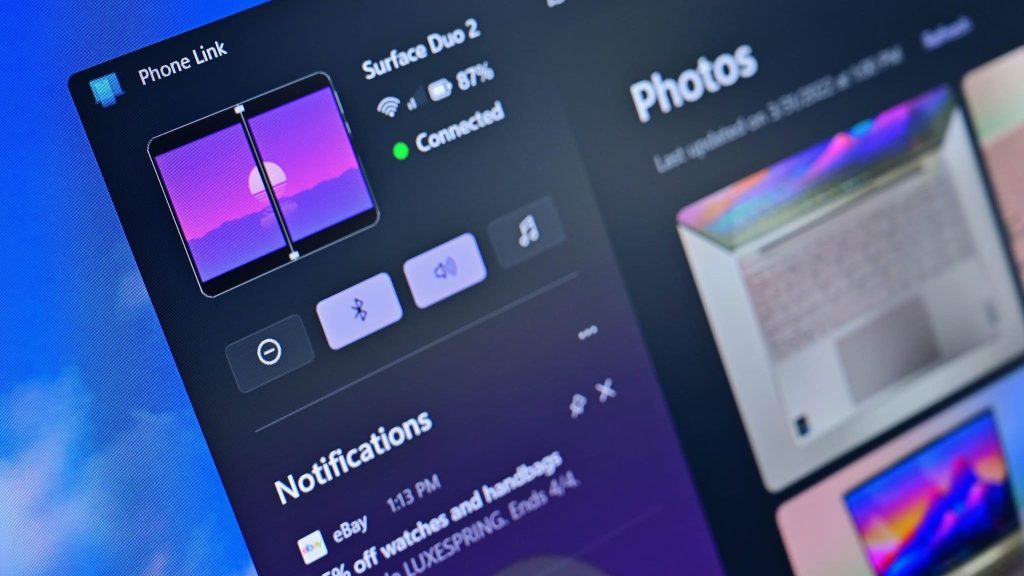
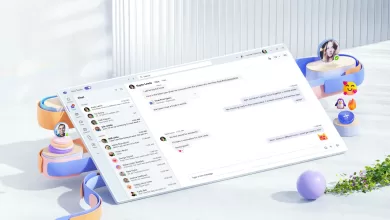 Microsoft will change the default version of Teams on Windows this year
Microsoft will change the default version of Teams on Windows this year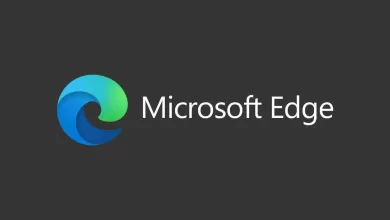 Microsoft Edge 114 launches in the stable channel with Workspaces and more
Microsoft Edge 114 launches in the stable channel with Workspaces and more